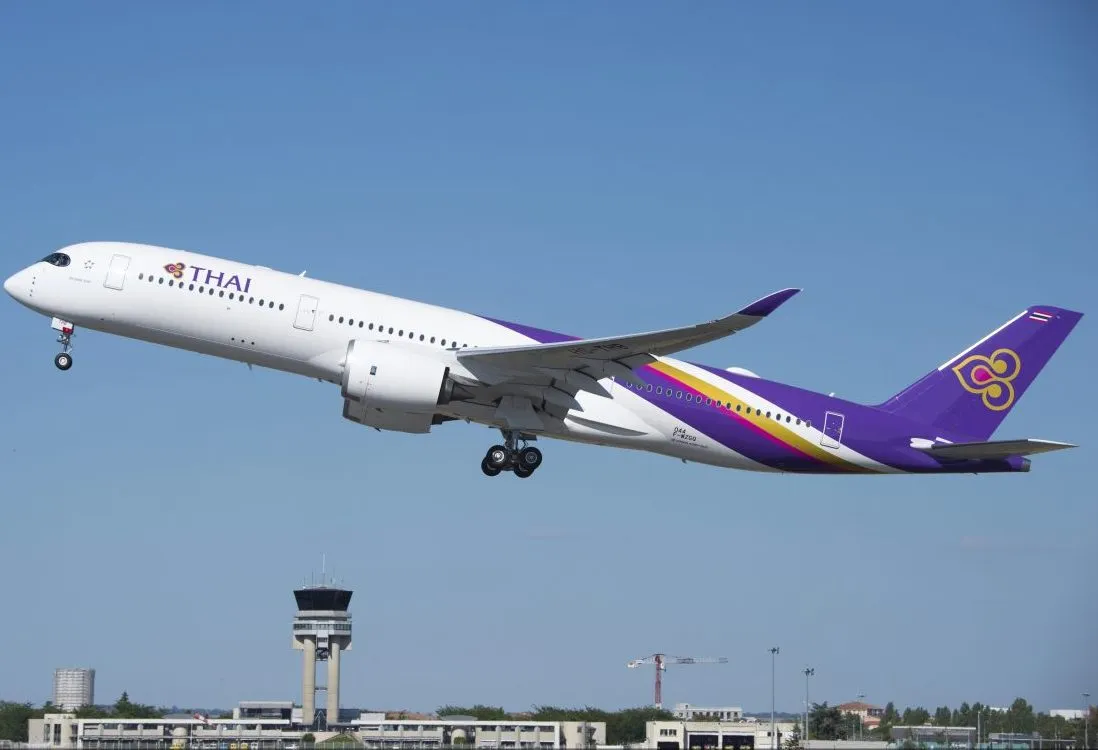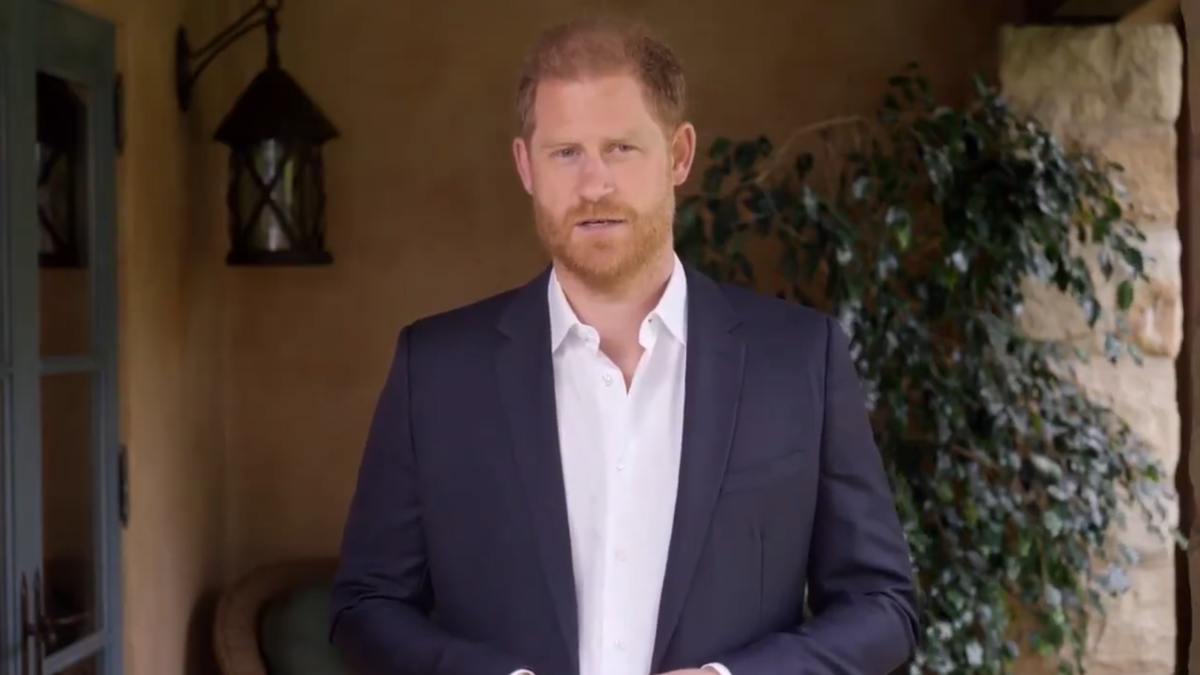Corporate Travel's Downturn Will Deliver This Financial Blow Across All of Travel

Skift Take
Business travel is good business. The corporate guest, or rather his or her company card, is a welcome one at any hotel, while passengers at the front end of the plane are far more profitable than economy class flyers.
The bad news is they’re not the first to return. While leisure travelers decided they needed a vacation this summer, corporate travelers still aren’t checking in.
Should the travel industry start worrying about losing this business in the longer term, and if so — what happens next?
Indecent Exposure
As we dig into the second half of the year, businesses remain cautious, and many larger organizations probably won’t travel for the rest of this year, some potentially well into 2021.
Their absence could hit hard — even with a reduction in corporate travel of one-third next year, one major hotel brand's could find itself with a gap of more than $12 billion in terms of room revenue generated by its franchise and management partners.
"Everybody thought this will pass, we'll get through the summer," said Gary Pearce, chief commercial officer and regional managing director for the Americas at ATPI. "Companies are saying they're not sure they want their people to travel because they're not ready to travel, so that takes it to the end of the year. A lot of companies are saying 2020's kind of gone."
Join Us For Our Skift Global Forum Online Conference September 21-23
Pearce said companies had also found out a way to do business virtually, even though it's not really how they want to do business. As time goes on, this could become embedded into company culture. Salesforce, for example, announced last week that employees could work from home until August 2021.
Areka Consulting is predicting next year's corporate travel volumes will drop down to 25 percent to 50 percent of the levels seen in 2019.
Up In The Air
For a snapshot of the impact on air passengers to date, since the middle of February there have been some 1.6 billion fewer seats operated than in 2019, according to aviation data firm OAG.
For the whole of 2019, the International Air Transportation Association expects the number of global passengers to fall 55 percent in 2020, and forecasts the airline industry will lose $84 billion, with revenue forecast to drop 50 percent. But aviation analyst John Grant said this figure was optimistic, and thinks it could be nearer $100 billion at the end of year.
In the U.S., the situation for the airline sector is particularly dire, a Skift Research report found. For business travel, air travel slid down to accounting for only 17 percent of all business trips taken in July, from a higher 26 percent in June, according to a Travel Tracker Survey.
Most airlines have entered survival mode, and aren’t focusing too much on next year, instead building their routes back up little by little. In United’s case, it's simply asking corporate customers where they want to go.
American Airlines is planning for some “very conservative assumptions” when it comes to corporate travel, according to Vasu Raja, chief revenue officer. “It's not just that demand is low, but there's such uncertainty about it,” he noted during the airline's second-quarter earnings call at the end of July. It's also planning to drop some cities from its network.
When it comes to the airlines' reliance on managed travel, statistics are muddied by the fact that not all business-class seats are bought by business travelers, and many companies travel economy.
“You can assume the number is way down based on the travel bans in place for corporations,” Southwest Airlines told Skift. It too is focused on the “near term and refining our network based on the ever-changing passenger demands”.
Room To Maneuver
For the lodging sector, it’s a different picture. While airlines can park planes and reconfigure networks, bricks and mortar face a bigger challenge.
Taking a few household names, let's look at the big picture.
For Marriott, 67 percent of its worldwide room nights in 2019 were attributed to business travel. Choice Hotels told Skift corporate travel currently represents 20 percent of its room nights in the U.S., while IHG’s mix of guest stays, for the U.S., includes 45 percent for “business transient.”
If corporate travel volumes are reduced by a third in 2021, there will be significant losses. Hotels can of course switch to leisure guests, and take other courses of action, but at a basic mathematical level, Marriott's worldwide properties would lose $12.4 billion of corporate guest room revenues, based on total room revenue of $56.4 billion.
For IHG, its global properties could lose $3.8 billion of corporate guest room revenue, based on total room revenue of $25.5 billion, extending that "business transient" category of 45 percent globally, if corporate travel declined by a third during 2021.
In the U.S., Choice Hotels would see $562 million taken out, based on total room revenue of $8.5 billion.
For the above, total room revenues have been based on the average room revenue generated over 2018 and 2019 by all of the owners and operators affiliated with their brands, reflecting some hotels will have opened and closed over the periods.
The parent companies primarily earn fee revenue and the actual impact of lower room revenue on corporate fees would be hard to predict. The calculations are also not endorsed by the hotel groups, but formulated by Skift using publicly available data. As a rule, the hotel companies would not speculate on future hypothetical situations, or make that information publicly available.
The Year Ahead
Some hotel brands will be more susceptible to a corporate travel dent than others, depending on the types of properties, locations, and corporate sectors they work with.
IHG told Skift it was well-placed for recovery, as domestic mainstream travel makes up about 95 percent of demand in the U.S., which is its biggest market, so there was less reliance on large group meetings and events, and international travel.
With such a diversity of brands in its portfolio, some like Holiday Inn are already proving resilient. “We still have a pretty significant amount of business travel in our hotels and it is people who have to travel from point A to point B to do their job,” said CEO Keith Barr during the group's recent IHG earnings call. “They cannot do it through technology. They have to be on site and that is not your top tier banker or anything like that. It is the individual who is driving from a Holiday Inn Express to a Holiday Inn Express to do a job .... that is here to stay."
However, he added: “I would be inaccurate to say (the pandemic) is not going to have some impact because I am sure that it will, but I do not think it is a material shift that business travel is going to be 10, 20 or 30 percent going forward. I do not think anyone has that real view on it yet ... I think it is just too early to call and also not all business travel is equal."
From Vegas, there’s a similar view. “I don’t want to predict [2021] because I don’t feel I have enough insight into what might happen to the vaccine or the virus and no way to forecast that,” Las Vegas Sands Corp president Rob Goldstein said during an earnings call in July.
Marriott also told Skift that its two biggest markets are located in the U.S., which has 95 percent domestic business, and China, which sees 85 percent of guests coming from the Asia Pacific market, so it is less exposed to the downturn in international travel.
Choice Hotels also said it was confident how its domestic portfolio was positioned with drive-to markets that attract each country’s domestic traveler, and added: "Franchisee profitability is at the core of what Choice Hotels does and their success has always been Choice’s top priority. Historically, and even more so during the COVID-19 pandemic, Choice has provided support and assistance to its franchisees by reducing costs at the property level, offering guidance and education on Small Business Administration loan opportunities, and enhancing training and best practices for cleaning, disinfecting and social distancing through our Commitment to Clean initiative."
Damage Limitation
Preparing for the worst, in general hotels do have options to offset a corporate travel decline.
ATPI's Pearce said those chains that had five or six properties in the same city, for example all within two miles of each other, could opt to keep just one or two closed, while developers are axing new hotel projects.
Areka Consulting agrees with this "hibernation" plan: "Depending on their level of gearing/debt, they either close and sell or hibernate the asset or stay open, but strip out as much cost as they can, such as closing floors, food and beverage outlets, and minimizing staffing," it said, but added there may also be many distressed assets for sale, alongside highly volatile prices.
While industry leaders declare it's too early to make a call, some corporate travel agencies believe a domestic recovery, at least, will arrive in the U.S. sooner than anticipated.
"We’re already seeing our customers travel for business where they can, with domestic travel now at 85 percent of our global bookings today," Ariane Gorin, president of Expedia Business Services, told Skift.
And U.S.-based Acendas Travel is similarly optimistic. "Our projections right now are between 40 and 50 percent by the end of the year, and 70 percent by the end of the 2021 first quarter," said Joe Curtis, senior vice president, corporate travel. "That's based on what we're hearing from our clients, and we're obviously talking with the airlines and seeing where they're at, and looking at which clients are currently traveling."
Certain sectors, such as life sciences, are also not only recovering, but thriving, which represent an opportunity for airlines and hotels to leverage. Global consultancy McKinsey has also said a phased approach will prevail, spurred by proximity, reason for travel and sector, but that overall corporate travel faces a long road to recovery.
Over the next couple of months, as travel managers begin planning budgets for 2021, more clarity can be expected and hotels and airlines can gain a clearer picture. "Hotels may get better intelligence when the hotel requests for proposals come out," added ATPI's Pearce. "They may get information that way, and say, well, the year really looks bad."
It's difficult to predict an exact impact on 2021 with so much uncertainty, and as IHG’s Barr notes, not all business travel is equal. But recovery of the travel industry at large depends a lot on profitable corporate travelers making their way back onto planes and into hotels.
"While we occupy a unique position in the industry with a stronger proportion of leisure travel, the broader industry’s return to pre-pandemic demand levels is highly reliant on business travel," said Dominic Dragisich, chief financial officer at Choice Hotels.
Register Now For Skift Global Forum, Happening Online September 21-23




